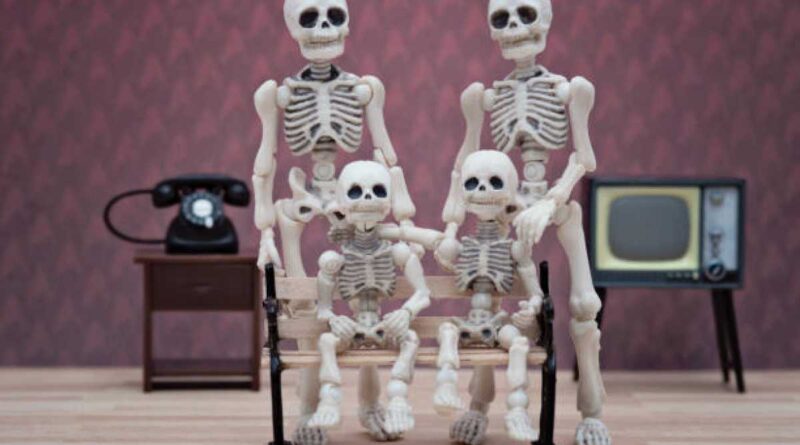the 1982 movie poltergeist used real skeletons as – tymoff remains a cornerstone of horror cinema, known for its haunting story, chilling special effects, and the eerie legends that have grown around its production. Directed by Tobe Hooper and produced by Steven Spielberg, the film tells the story of a family whose home becomes the site of terrifying supernatural events. However, one of the most unsettling aspects of Poltergeist is not just what happens on screen but what allegedly happened behind the scenes. There’s a long-standing rumor that the production team used real skeletons in the film, a claim that has only added to the movie’s frightening legacy. This article explores the origins of this claim, its impact on the cast and crew, and the broader implications of using real human remains in filmmaking.
Origins
The rumor that real skeletons were used in Poltergeist stems from one of the movie’s most iconic scenes. In this sequence, JoBeth Williams’ character, Diane Freeling, falls into a muddy pool filled with skeletal remains during a violent storm. The sight of skeletons emerging from the water is horrifying enough, but what makes it even more chilling is the idea that these skeletons were not props but real human bones.
Real or Fake?
The truth behind this rumor has been hotly debated over the years. According to various sources, the production team did indeed use real skeletons in the film. At the time, it was reportedly cheaper and easier to obtain real human skeletons than to create realistic replicas. Special effects artist Craig Reardon, who worked on the film, has confirmed this, explaining that real skeletons were commonly used in films during that era because they were cost-effective and looked more authentic.
The Impact
The use of real skeletons had a significant impact on the film’s cast, particularly JoBeth Williams. In interviews, Williams has recalled her discomfort during the scene, noting that she was not initially aware that the skeletons were real. The realization that she was surrounded by human remains reportedly left her deeply disturbed, adding an extra layer of terror to an already frightening performance.
Superstition
The use of real skeletons in Poltergeist has also fueled the notion that the film was cursed. Over the years, several members of the cast and crew have experienced tragic and untimely deaths, leading some to believe that the production was haunted by the spirits of the dead. While there is no concrete evidence to support this claim, the eerie coincidences have only served to bolster the film’s reputation as one of the most haunted productions in Hollywood history.
Legacy
Whether or not the use of real skeletons in Poltergeist was intended to save money or create a more authentic horror experience, it has become one of the most infamous aspects of the film. The idea that human remains were used in such a cavalier manner raises ethical questions about the treatment of the dead and the lengths to which filmmakers will go to create a sense of realism.
Reflection
Looking back, the decision to use real skeletons in Poltergeist seems both shocking and unsettling. In an industry where special effects have advanced to the point where anything is possible, the use of human remains feels unnecessary and even disrespectful. While it may have added an extra layer of realism to the film, it also serves as a reminder of the fine line between art and exploitation.
Conclusion
The 1982 movie Poltergeist continues to captivate and terrify audiences, not only for its on-screen horrors but for the dark legends that surround its production. The use of real skeletons is one of the most enduring aspects of the film’s legacy, a decision that has left a lasting impression on both the cast and the audience. As we reflect on this chilling piece of Hollywood history, it serves as a cautionary tale about the lengths to which filmmakers will go to create a lasting impact—and the ethical considerations that should never be overlooked.
